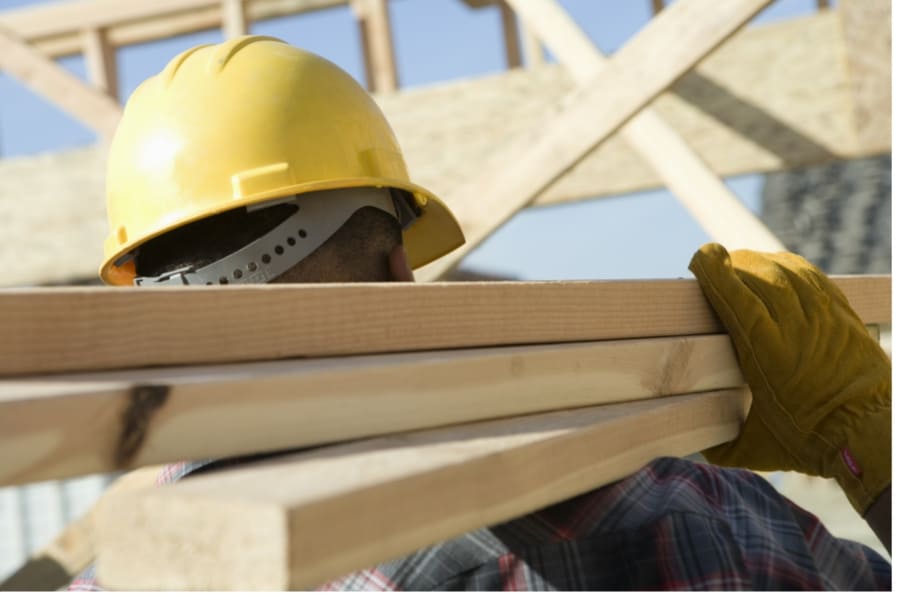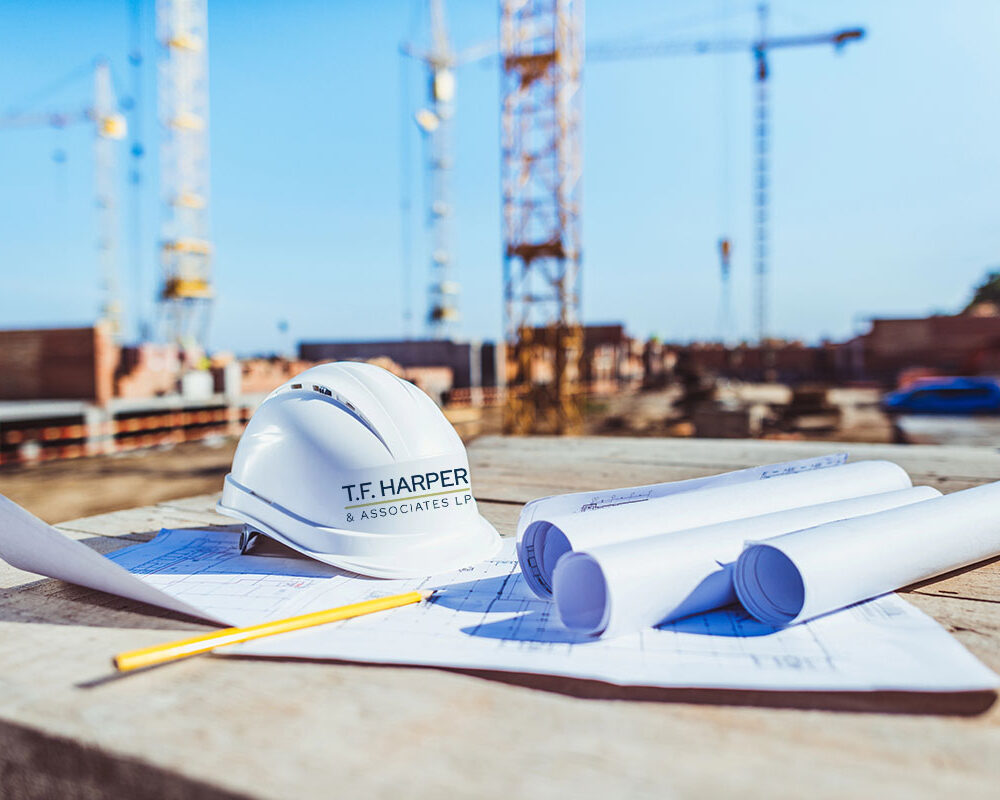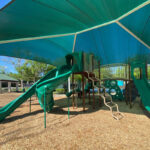A sustainable building is often referred to as a green building. The purpose of constructing a sustainable building is to reduce the building’s carbon footprint on the environment during the entire building’s life cycle. In order for a structure to be considered green or sustainable it has to be built and occupied in a way that will aid in energy conservation and improve occupant health and productivity.
Materials Used In A Sustainable Structure
Materials used should not deplete natural resources. A lot of green homes are made from recycled or salvaged materials. Materials used are typically available locally as well as plentiful and renewable. They should be durable and last a lot longer than conventional building materials. Common sustainable materials include: bamboo, recycled plastic, reclaimed wood, timbercrete, hemp, and rammed earth. Green building materials should conserve energy and make a structure insulated to reduce heating and cooling cost. Since solar is a renewable power, solar panels can be installed to help reduce the cost of electricity.
The Construction Process
When constructing a sustainable home, environmental impact and conservation should also be considered. Construction sites should reduce waste, air pollutants, noise, and water use while building. Leftover building materials should be recycled, reused, or donated before being trashed. Waste should not be able to drain into rivers, gutters, or sewers and cause water contamination or drainage blockage. Large trucks that deliver building materials contribute to carbon dioxide emissions so contractors should economize their transportation needs to make fewer deliveries as possible. Construction sites should also try to reduce noise by using smaller generators and limiting diesel powered heavy equipment.
Living In And Maintaining A Sustainable Structure
Green living doesn’t stop with the materials and the construction process. The inhabitant of a sustainable structure should also maintain a green and sustainable living environment from within. One of the best ways to furnish a sustainable home is to purchase low efficiency appliances. Refrigerators are a main energy user and should be kept small in size. Washing machines and toilets can use a lot of water. When trying to conserve water, a smaller washing machine and a low flow toilet can help reduce water usage. Dryers can put off a lot of energy and heat. Just like smaller washing machines, there are smaller dryers on the market as well. On nice days, clothes can be hung out on a clothes line to air dry. Dishwashers and cooking appliances also use energy so the less these are used, the more energy is saved. Most appliances come with an energy rating that can help inhabitants pick the most efficient appliance. Appliances are not the only things an occupant should consider. Virtually any furnishing should be thought out carefully.
Sustainable green homes and buildings are becoming more popular every day because they not only offer a more healthy lifestyle for occupants, but for the world around them as well. For more information about sustainable building, contact T. F. Harper & Associates LP, an Austin construction company.






